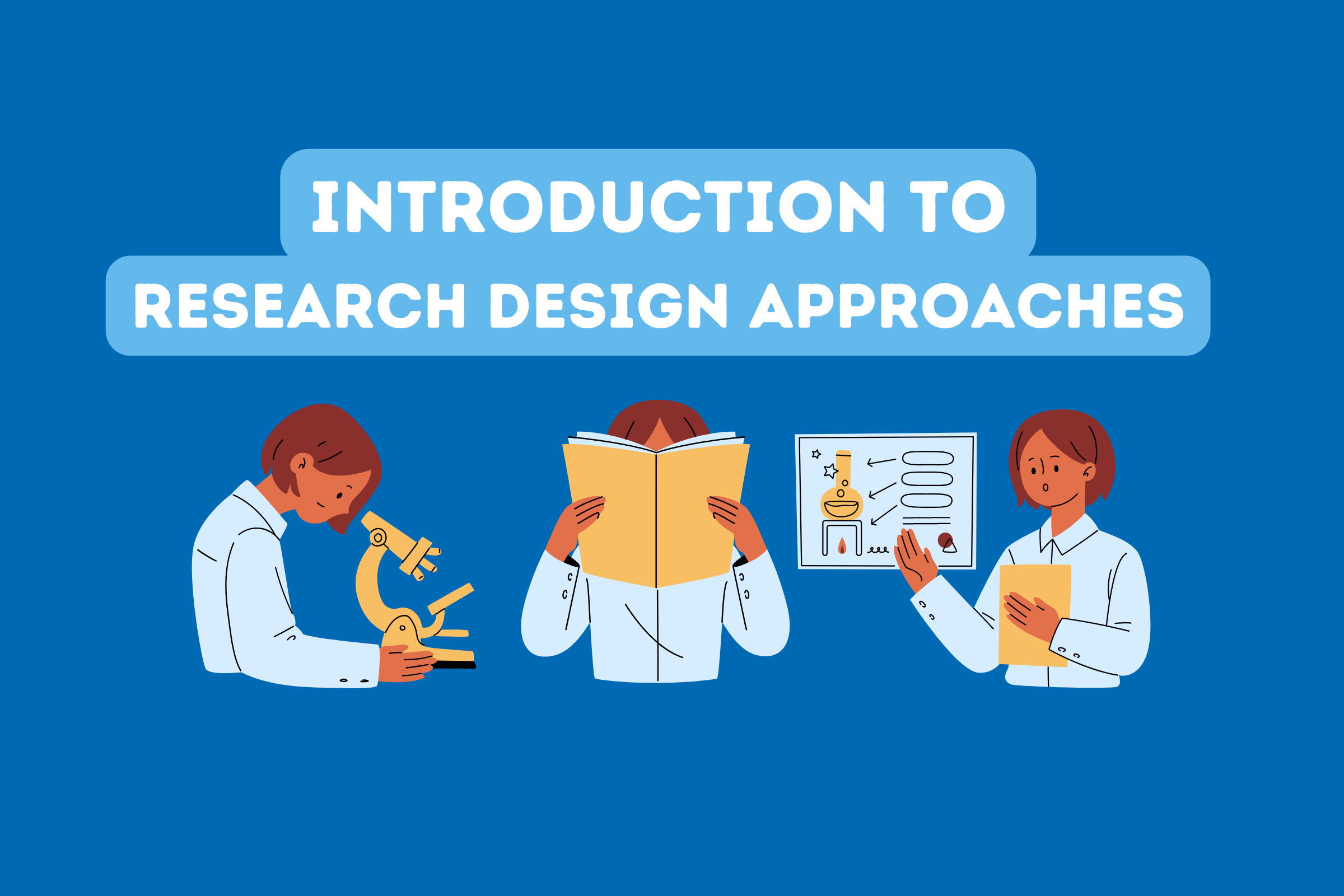Research Purposes |
|||
Goal: |
Exploratory |
Descriptive |
Explanatory |
|
Involves exploration of a problem or issue that has not yet been clearly defined Helps lay groundwork for anticipated or future research. Often the first step before conducting descriptive research. May include forming a hypothesis or problem or clarifying a concept, but not concerned with testing hypothesis |
Seeks to describe characteristics of phenomena and characteristics of relationships between variables Goes further than exploratory research by identifying characteristics of an issue |
Aims to explain why phenomena occur. Think “how” and “why” questions.
Goes beyond defining characteristics of an issue to identify possible causal relations or patterns in relationships |
|
|
Methods: |
Literature reviews, pilot studies, informal discussions |
Surveys, case studies, ethnographies |
Experiments, focus groups, case analyses |
Popular Social Science Research Designs |
||||
Definition: |
Experimental Studies |
Secondary Data Analysis |
Focus Group Research |
Ethnography |
|
Aims to test cause-effect relationship between variables (independant and dependant) by introducing a treatment or program and observing the outcomes. |
Data that has previously been collected |
Research design where a group of people (usually 6-10) are brought together to discuss a particular phenomenon at the same time. |
Researchers study a particular social group in that group’s environment. Includes observation and immersion. Emphasis is on examining nature of a social phenomena rather than testing hypothesis of phenomena Observation can range from passive (no interaction with participants) to active (interacting with your participants). |
|
|
Strengths: |
Offer high levels of control to researchers (ability to manipulate and isolate variables) and specific results. |
Effective design when collecting primary data may be too costly or otherwise unfeasible |
Allows observation of relationships between participants and questions and perspectives that otherwise may not have been gleaned in 1-1 interviews. |
Offers researcher the opportunity to gain rich insights and contextual knowledge on the experiences and perspectives of participants |
|
Specific example: |
Conducting randomized control trial to X |
Using employment statistics from U.S Bureau of Labor Services to investigate shifts in job loss after the COVID-19 pandemic |
Observational study |
|
Resources
Social Sciences Research Methods
